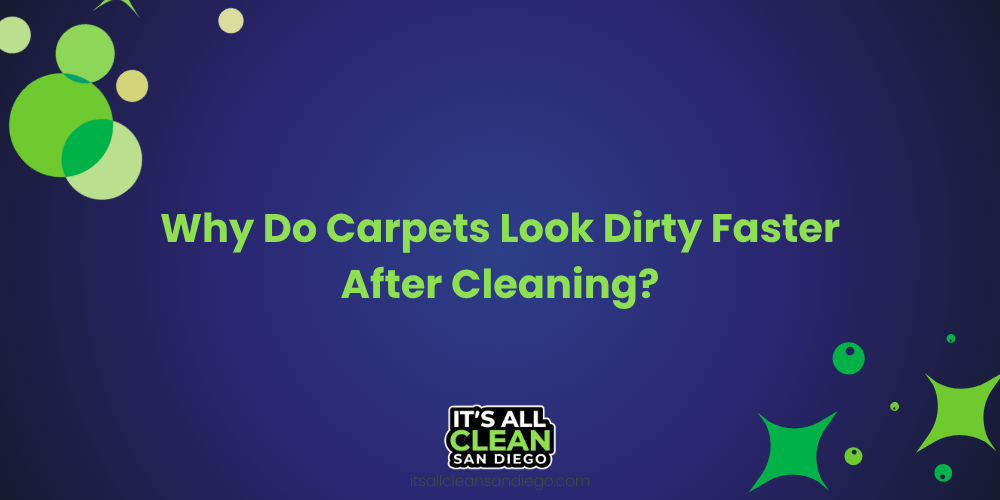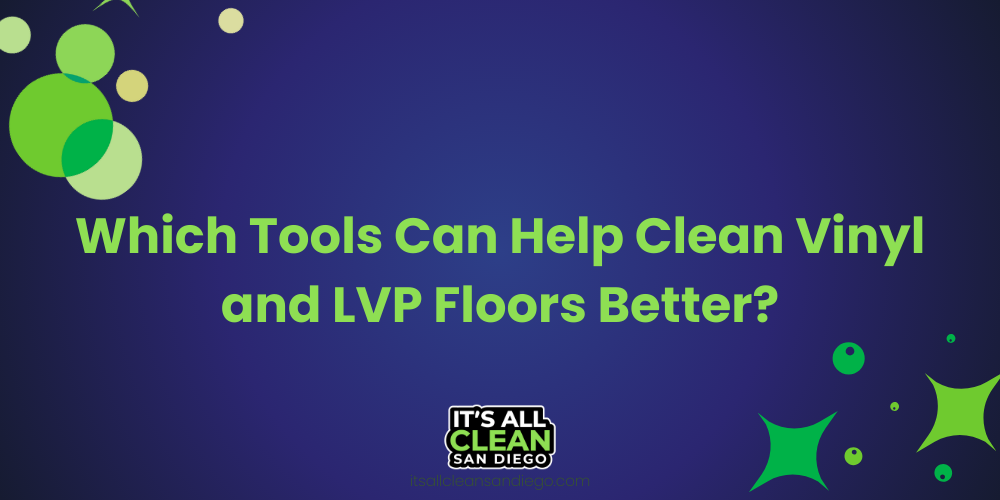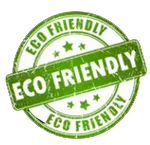San Diego, CA
Hardwood floors are one of the most beautiful, timeless, and valuable features a home or office can have. They bring warmth, character, and elegance to any space—but keeping them clean is another story. Dust, pet hair, and grit seem to accumulate overnight, and improper cleaning can scratch or dull the finish.
That brings us to the common question homeowners often ask: is it better to dust mop or vacuum your hardwood floors?
Both cleaning methods can help maintain the look and longevity of your floors, but they serve slightly different purposes. Choosing the right one (and using it correctly) can make a huge difference in keeping your hardwood floors spotless and scratch-free.
]
Let’s break down how each method works, the pros and cons of both, and the best practices to preserve your flooring for years to come.

Understanding Dust Mopping vs. Vacuuming
Dust Mopping
A dust mop—often made with microfiber or treated cotton—is designed to trap dust, dirt, and pet hair without scratching the floor’s surface.
Unlike traditional mops that use water, dust mops are dry or slightly damp. Their electrostatic fibers attract fine particles that sweeping often leaves behind.
How it works:
- The microfiber head glides across the floor, lifting dust and small debris.
- It traps particles in its fibers rather than just pushing them around.
After cleaning, the pad is shaken out or washed for reuse.
Dust mopping is ideal for daily or light cleaning, especially in low-traffic areas or households without pets.
Vacuuming
Vacuuming, when done correctly, can remove deeper dirt, dust, and debris that dust mops might miss. However, not all vacuums are hardwood-safe—some can cause scratches or wear down the finish over time.
How it works:
- A vacuum creates suction to lift dirt from cracks, corners, and grooves in your hardwood.
- Attachments like soft-bristle brushes or hardwood floor heads help prevent scratching.
- Bagged vacuums or those with HEPA filters can also trap allergens, improving indoor air quality.
Vacuuming is best for thorough cleaning, especially if you have pets, rugs, or high-traffic areas.
Pros and Cons of Dust Mopping Hardwood Floors
Pros:
- Gentle on hardwood finishes – No brushes, rollers, or suction to worry about.
- Quick and convenient – Great for daily touch-ups or a fast clean before guests arrive.
- Quiet and low-effort – No cords, plugs, or motor noise.
- Eco-friendly – Doesn’t require electricity or disposable vacuum bags.
Cons:
- Doesn’t remove embedded dirt or debris from between floorboards.
- May push larger particles (like grit or pebbles) that can scratch the surface.
- Requires frequent pad cleaning to avoid redistributing dust.
- Not effective for pet hair buildup or deep cleaning.
Pros and Cons of Vacuuming Hardwood Floors
Pros:
- Deep cleans by pulling debris from cracks, joints, and floor seams
- Great for pet owners—removes hair and dander more effectively.
- Can reduce allergens when using HEPA filters.
- Faster for cleaning large spaces compared to mopping.
- Many modern vacuums come with hard floor settings and soft rollers that protect finishes.
Cons:
- Improper attachments can scratch or dull the finish.
- Vacuums with beater bars or rotating brushes should never be used on hardwood.
- Cheaper vacuums may blow fine dust back into the air.
- Slightly noisier and requires more maintenance.
The Real Answer: You Should Do Both
The truth is, dust mopping and vacuuming work best together.
- Dust mop daily or every few days to pick up light dust, hair, and lint.
- Vacuum weekly (or more often in high-traffic areas) to remove grit, crumbs, and deeper debris.
Think of dust mopping as your first line of defense and vacuuming as your deep cleaning backup. When used in combination, you’ll keep your hardwood floors looking polished while protecting their finish from micro-scratches and buildup.
How to Dust Mop Your Hardwood Floors the Right Way
If you prefer dust mopping, technique matters. Here’s how to get the best results:
- Use a high-quality microfiber mop. These attract and trap dust electrostatically, reducing the risk of scratches.
- Avoid chemical sprays unless they’re specifically labeled safe for hardwood. Many leave behind residue that dulls the shine.
- Work in straight lines rather than circular motions to avoid scattering debris.
- Clean or replace mop heads regularly. A dirty pad can spread grime instead of removing it.
- Follow up with spot cleaning for sticky spills or residue using a lightly dampened cloth.
Dust mopping works best as a maintenance step, not a deep clean.
How to Vacuum Hardwood Floors Safely
Vacuuming is one of the most effective ways to maintain hardwood floors, but it must be done correctly to avoid damage.
Here’s what to keep in mind:
Use the right attachment. Choose a hard floor brush or soft roller head—never a rotating brush or beater bar. Also, many vacuums now have a “hard floor” setting that disables the brush roll.
Adjust suction power. Too much suction can pull on floor seams or damage finish over time. Use medium suction for regular maintenance. Vacuum along the grain. This helps pick up debris trapped in grooves without scattering dust.
Empty the canister or replace the bag regularly. A full vacuum reduces suction power and can release fine dust back into the air. Be sure to use edge tools for corners and baseboards. Dust and pet hair tend to accumulate along walls where mops can’t reach.
Even when using the right tools, these common cleaning mistakes can shorten the life of your hardwood floors:
- Using a beater bar or hard-bristle attachment on your vacuum.
- Over-wetting the floor with damp mops or sprays. Moisture can seep into seams and cause warping.
- Skipping regular cleaning. Dirt acts like sandpaper, wearing away your floor’s finish over time.
- Using household cleaners that aren’t safe for wood—these can strip the protective coating.
The key to longevity is gentle, consistent cleaning using hardwood-safe methods.
Maintaining That Like-New Shine
Keeping hardwood floors pristine isn’t just about daily dusting or weekly vacuuming—it’s about overall maintenance.
To make your cleaning routine more effective:
- Place mats or rugs at entrances to catch grit before it hits the floor.
- Trim pet nails to avoid scratches.
- Recoat or polish the floors every few years to maintain their protective layer.
- Schedule professional hardwood cleaning periodically to remove grime buildup and rejuvenate the finish.
Professional hardwood cleaning services use specialized low-moisture systems that safely deep clean and restore luster without damaging your floor’s sealant or wood grain.
The Final Verdict
So, is it better to dust mop or vacuum your hardwood floors?
For everyday upkeep: Dust mopping is quick, quiet, and gentle.
For deeper, more thorough cleaning: Vacuuming wins.
The ideal routine combines both—dust mop regularly to maintain cleanliness, and vacuum weekly (or more often for homes with pets or kids) to remove embedded dirt. This approach keeps your hardwood floors clean, protected, and beautiful for decades.
Let the Professionals Keep Your Floors Gleaming
If your hardwood floors are starting to look dull or you’re struggling to remove stubborn buildup, it may be time for a professional touch. At It’s All Clean San Diego, our technicians specialize in safe, residue-free hardwood floor cleaning using state-of-the-art equipment and eco-friendly solutions.
Whether it’s your home, business, or vacation property, we’ll help restore your hardwood’s natural shine while protecting its finish and longevity.
Contact It’s All Clean San Diego today for a free estimate and experience the difference professional cleaning makes for your hardwood floors—and every surface in your home!
- All rights reserved -
It's All Clean San Diego © 2021
Pick a service, and we’ll be there.
Your go-to clean, green, full-service team.
Got a mess? We’ve got you covered. At It’s All Clean San Diego, we have professional commercial cleaning and residential house cleaning services for every need.
Our family-owned, full-service professional floor cleaning company has served residential and commercial customers in San Diego for nearly 20 years.










